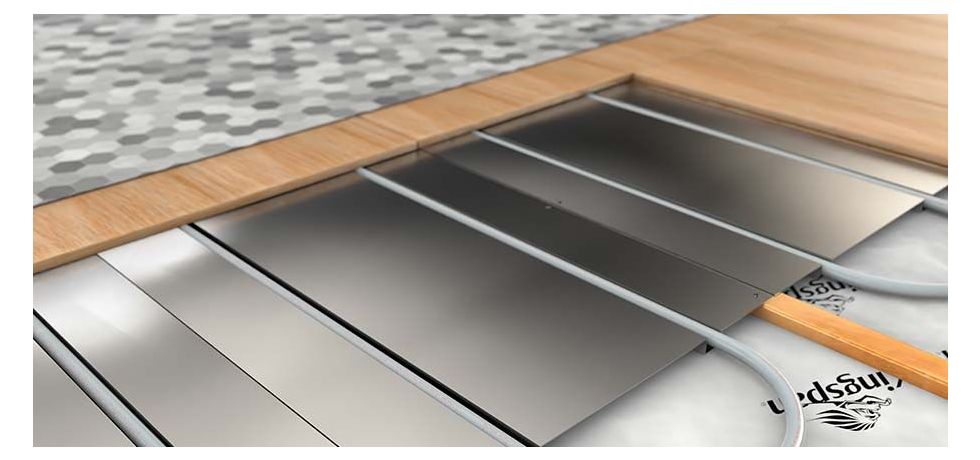Imagine stepping onto your floor on a chilly morning and experiencing warmth that emanates from below. Underfloor heating is a modern marvel that offers unparalleled comfort and efficiency. In this article, we'll delve into the fascinating world of underfloor heating, explaining its mechanisms, benefits, and why it's a game-changer for modern homes.
Understanding Underfloor Heating
Underfloor heating, also known as radiant floor heating, is a revolutionary heating system that is designed to provide consistent warmth throughout your living space. Unlike traditional forced-air systems, which circulate hot air unevenly, underfloor heating radiates heat evenly from the ground up. This not only ensures a more comfortable environment but also offers various other advantages.
Mechanisms of Underfloor Heating
There are two primary types of underfloor heating systems: electric and hydronic (water-based). Let's break down how each of these mechanisms works:
This system comprises a network of electric heating cables or mats installed beneath the flooring. These cables heat up when electricity flows through them, emitting warmth that rises evenly through the floor. The temperature can be controlled via a thermostat, ensuring optimal comfort and energy efficiency.
Hot Water systems utilise a series of water pipes or tubes to distribute heat. Hot water is heated using a boiler, and it circulates through the pipes, warming the floor and subsequently radiating heat into the room. This method is known for its efficiency, as water can retain heat for longer periods compared to air.
Benefits of Underfloor Heating
Even Heat Distribution: Underfloor heating ensures uniform warmth across the entire room, eliminating cold spots and drafts often experienced with traditional heating methods.
Energy Efficiency: Radiant floor heating requires lower water temperatures (in the case of hydronic systems) or less electricity (for electric systems) to achieve the same level of comfort as conventional heating systems. This can lead to reduced energy consumption and lower utility bills.
Improved Indoor Air Quality: Unlike forced-air systems that can stir up dust and allergens, underfloor heating doesn't rely on air circulation, leading to cleaner indoor air and a healthier living environment.
Design Freedom: Without the need for radiators or ducts, underfloor heating allows for more versatile interior design options, giving homeowners the freedom to arrange furniture without heating constraints.
Silent Operation: Underfloor heating operates silently, eliminating the noise associated with traditional heating systems, providing a peaceful ambiance.
Enhanced Comfort: Stepping onto a warm floor is a luxurious experience, especially during colder months. Underfloor heating provides comfort from the ground up, making your home cosier.
Conclusion
In conclusion, underfloor heating is a sophisticated heating solution that offers unparalleled comfort, energy efficiency, and design flexibility. Whether you opt for electric or hydronic systems, the result is a consistent, gentle warmth that radiates evenly throughout your living space. Say goodbye to chilly floors and embrace the future of home heating with underfloor heating – your ticket to luxurious comfort and cost-effective living.







